Whether we like it or not, we need to breathe in order to stay alive. But we end up breathing a lot of harmful things along with the air. Some of the nasty things always present in the air are mold and mildew. Few types of mold and mildew have been found causing death in extreme cases and according to a 2007 study, mold in households directly relates to the level of depression of the household members. This post talks about what the whole problem is about, drawing attention to the detrimental effects of mold and mildew on our health and well being, followed by advice on how to avoid them.
What is mold?
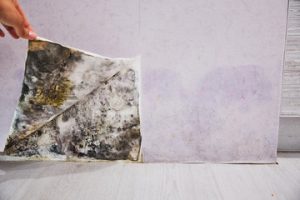
Mold is a type of fungus. They are eukaryotic micro-organisms that are too small for us to see without a microscope. When a lot of mold starts growing on a surface, it starts appearing in different colors, including green, blue, or black. Mold spreads by making spores which are like very small seeds. While it is present everywhere and we are continuously exposed to it; too much exposure is harmful. It may result in infections, allergic reactions, or other breathing difficulties. Some types of molds produce mycotoxins which contribute to a toxic breathing environment for us, our children, and our pets.
Mildew is also another type of fungus, which mostly shows up as a white powdery substance. It can grow on organic matter, including wood, leather, clothing, and upholstery. A warmer temperature with high relative humidity is the ideal environment for mildew to flourish. It is not always harmful but can trigger minor to serious symptoms in some people – including respiratory problems and headaches. Some people can also suffer from skin irritation and burning sensation in the eyes and lungs.
Harm of mold

The worst affected are those of us with a compromised or lower immunity, e.g.elderly or young children. Older people can end up inhaling the mold and the mold can continue to grow in their lungs. Because their immune system might be weak, it would be difficult for the body to take care of the invading harmful particles. Once the mold starts growing inside, the problem gets worse and they start suffering from breathing disorders. In such cases, some sort of medication is a necessity. Younger children can also suffer from a higher chance of asthma when exposed to moldy environments. Children with a family history of asthma are at more risk of developing asthma when exposed to mold. Because children cannot take care of themselves, the other family members need to make sure such children are protected from the risk of developing asthma.
How to avoid them?
The obvious question is then how to avoid something which is present everywhere. The solution is fairly simple. Keep the home ventilated, warm, and dry. Mold and mildew cannot grow in dry conditions. Warmer temperatures also avoid condensation from occurring. Ventilation keeps the air replenished and dissipates the concentration of mildew and mold growing indoors. We should never let the relative humidity rise above 60% and ideally keep it under 50%. The relative humidity in the room can be easily maintained by using a dehumidifier. The AlorAir Storm Pro commercial dehumidifier is powerful dehumidification equipment. It is not only used for dehumidification and humidity reduction but also equipped with a series of air filters. Remove mold spores, mold, dust mites, and odors, thereby improving indoor air quality. Sometimes, in order to ensure maximum drying, it should also be used with a blower. The wind speed of Alorair Zeus Extreme Axial air mover is up to 3000 CFM, which can shorten the drying time and is suitable for areas prone to mold and mildew.
Another consideration in avoiding Mold and Mildew is the temperature of the environment as the temperature and humidity levels influence each other. Warmer air increases the maximum amount of moisture that the air can contain and colder air decreases it. At the same time, dry or less humid air is easier to heat than air with high moisture levels. A healthy home environment is based on maintaining a comfortable mix of temperature as well as humidity.
Thank you for reading. Stay healthy – stay safe!







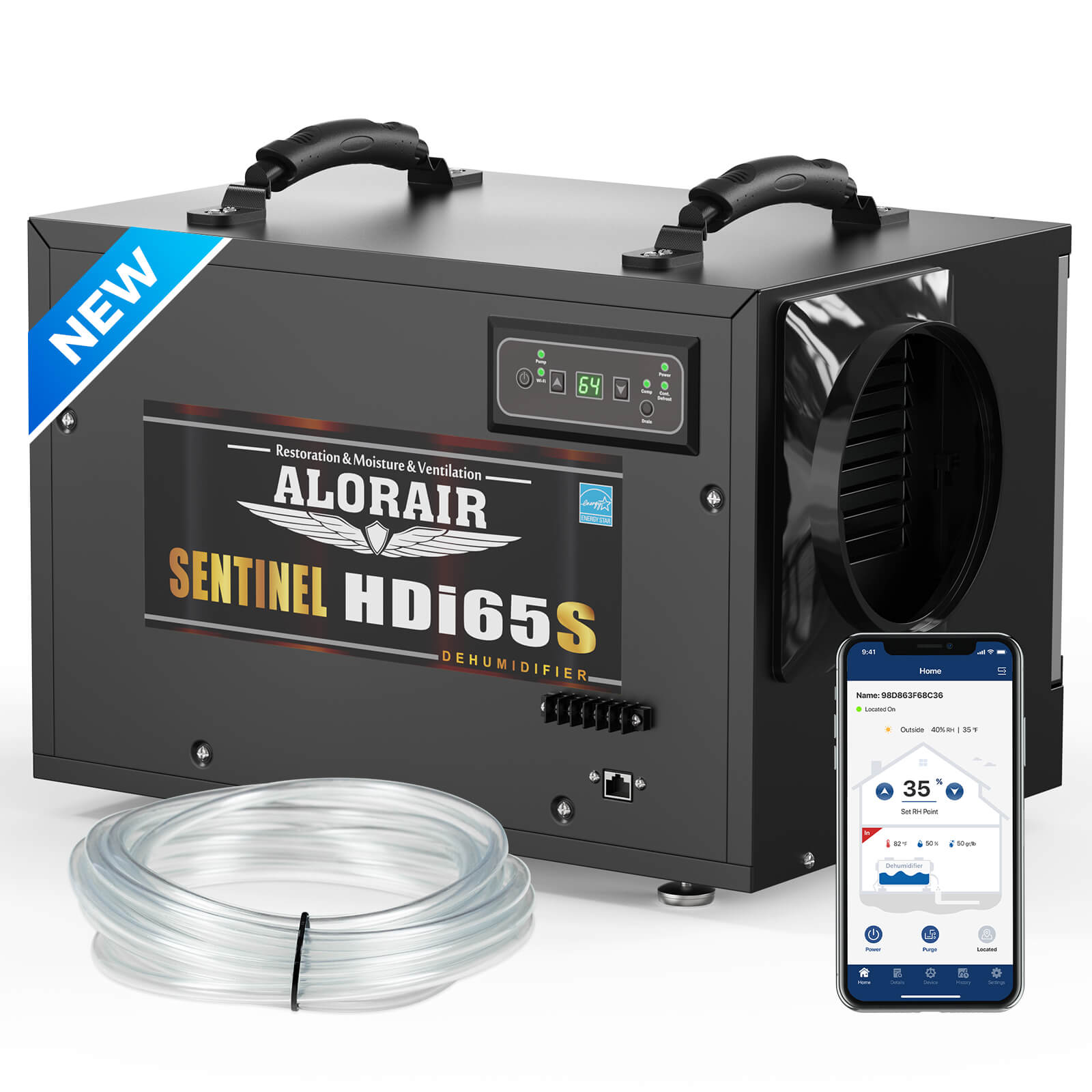
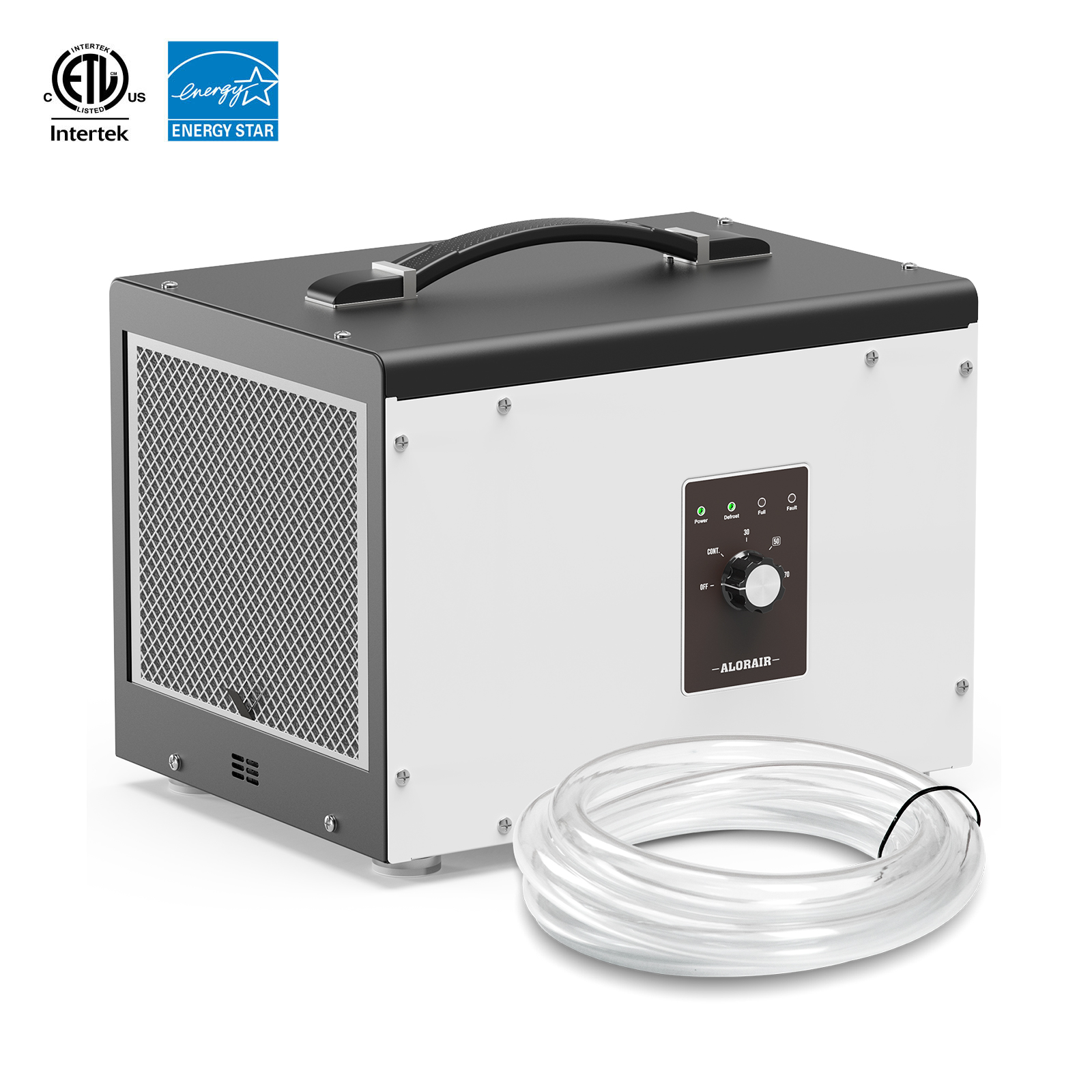
.jpg)
.jpg)

.jpg)

.HDi90.png)
.HD90.png)



.jpg)
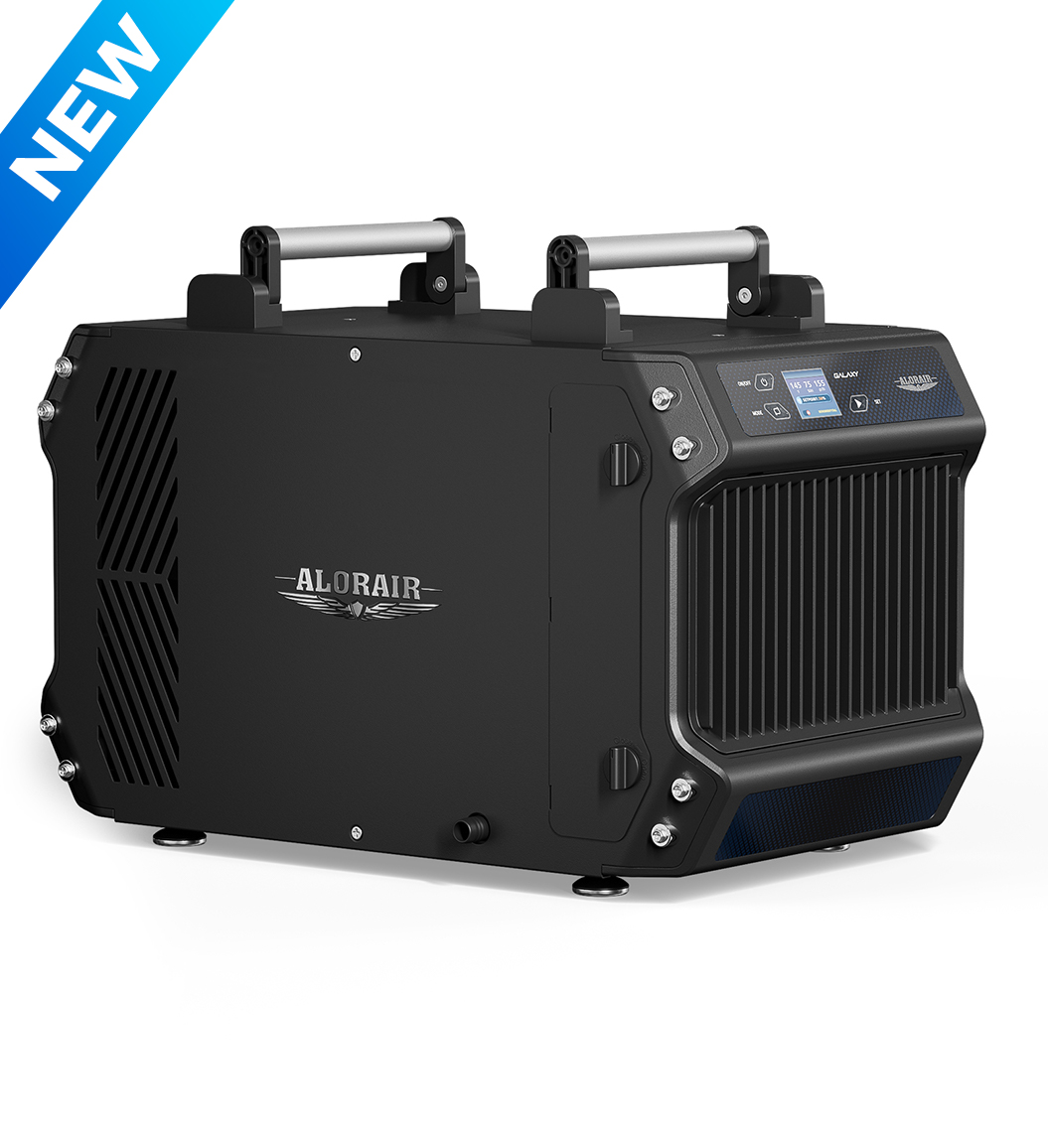
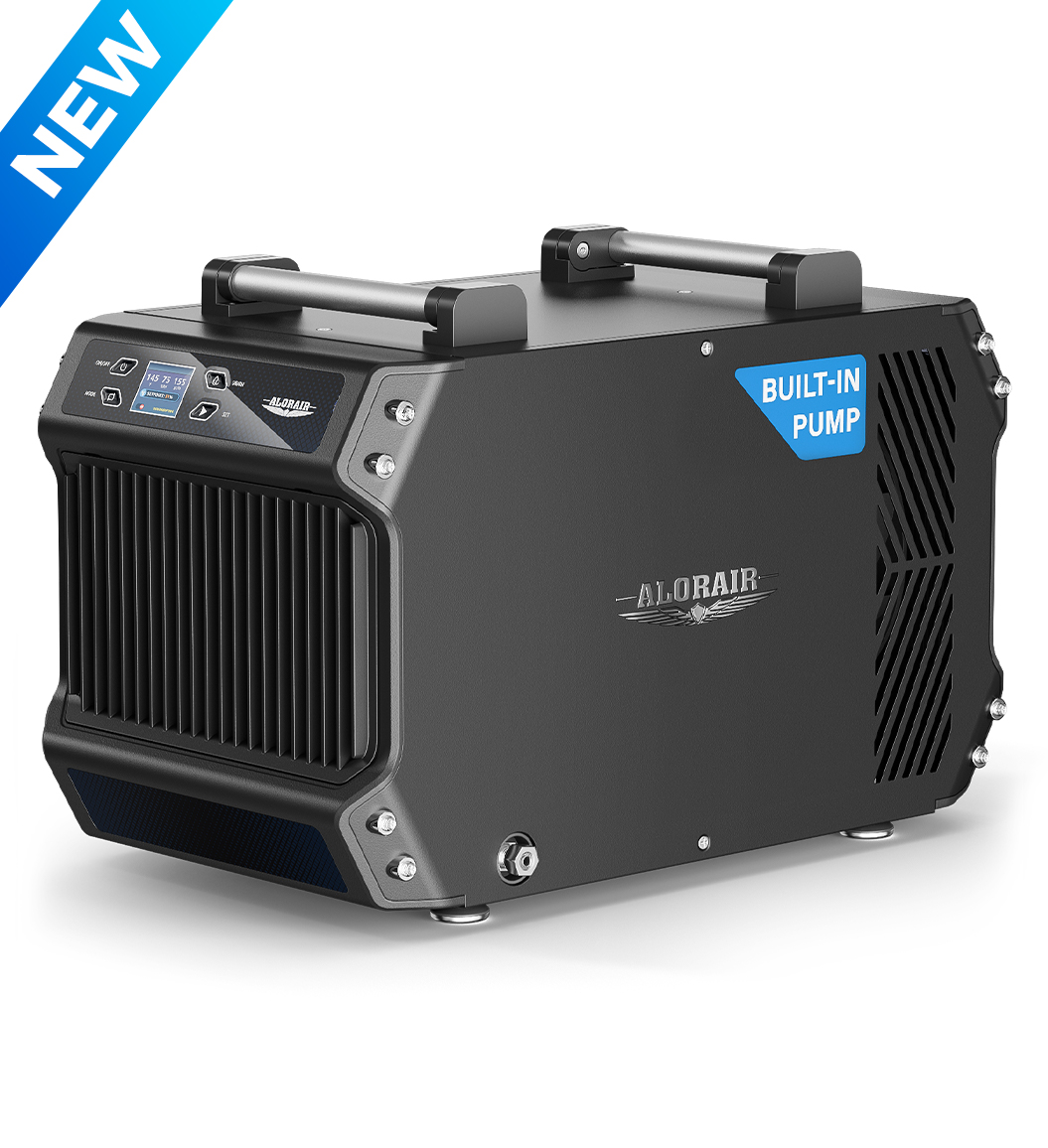




.jpg)
.jpg)
.jpg)
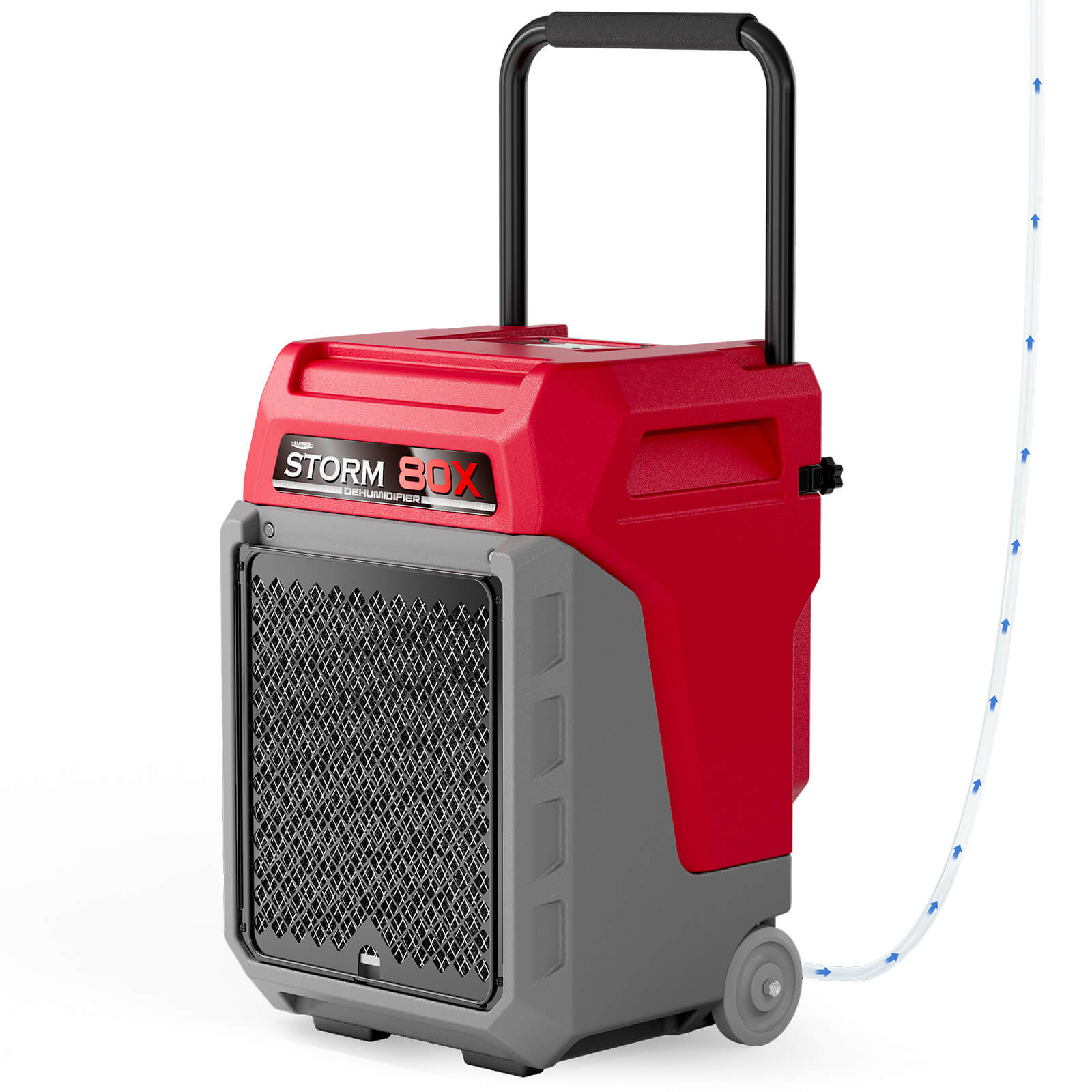


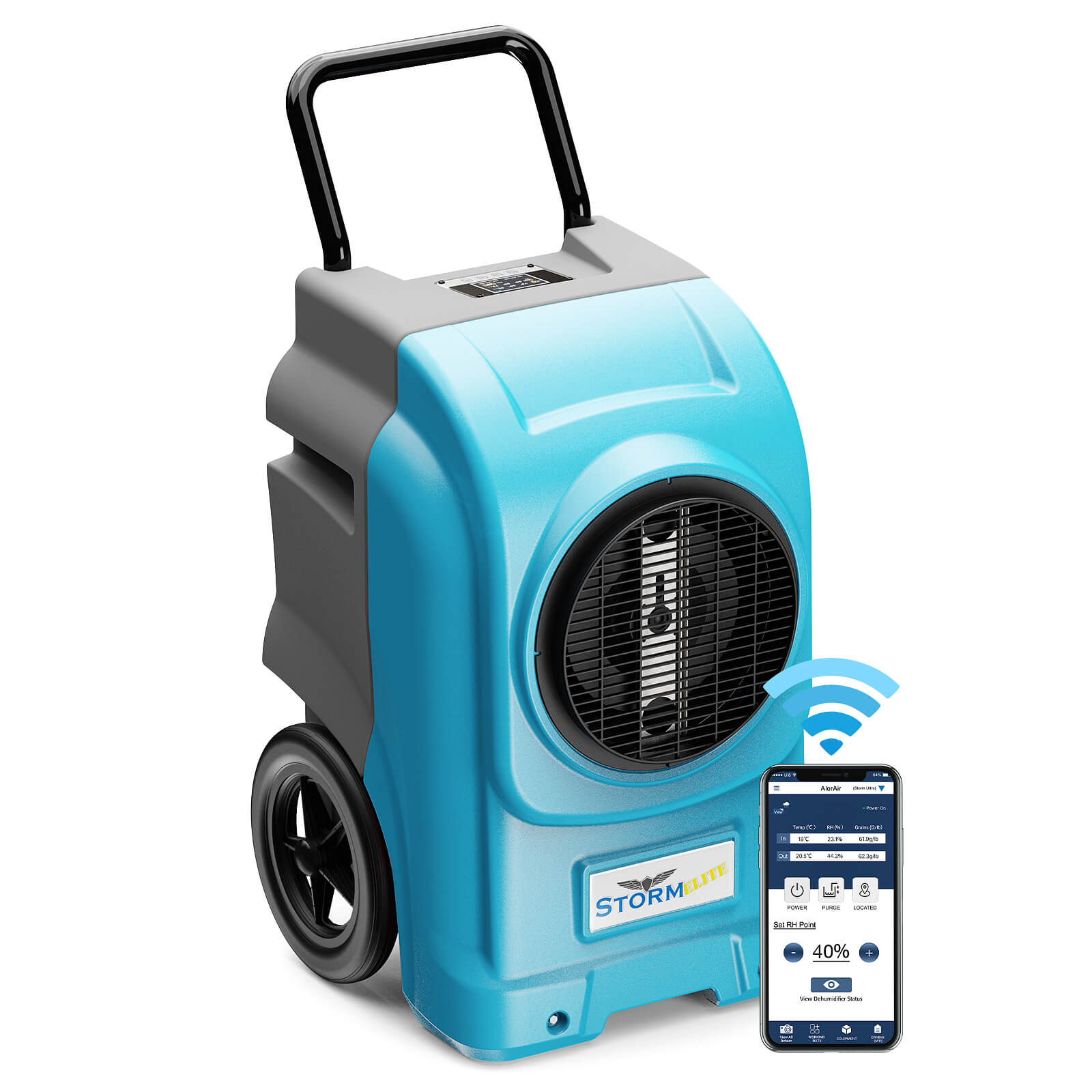

.jpg)
.jpg)

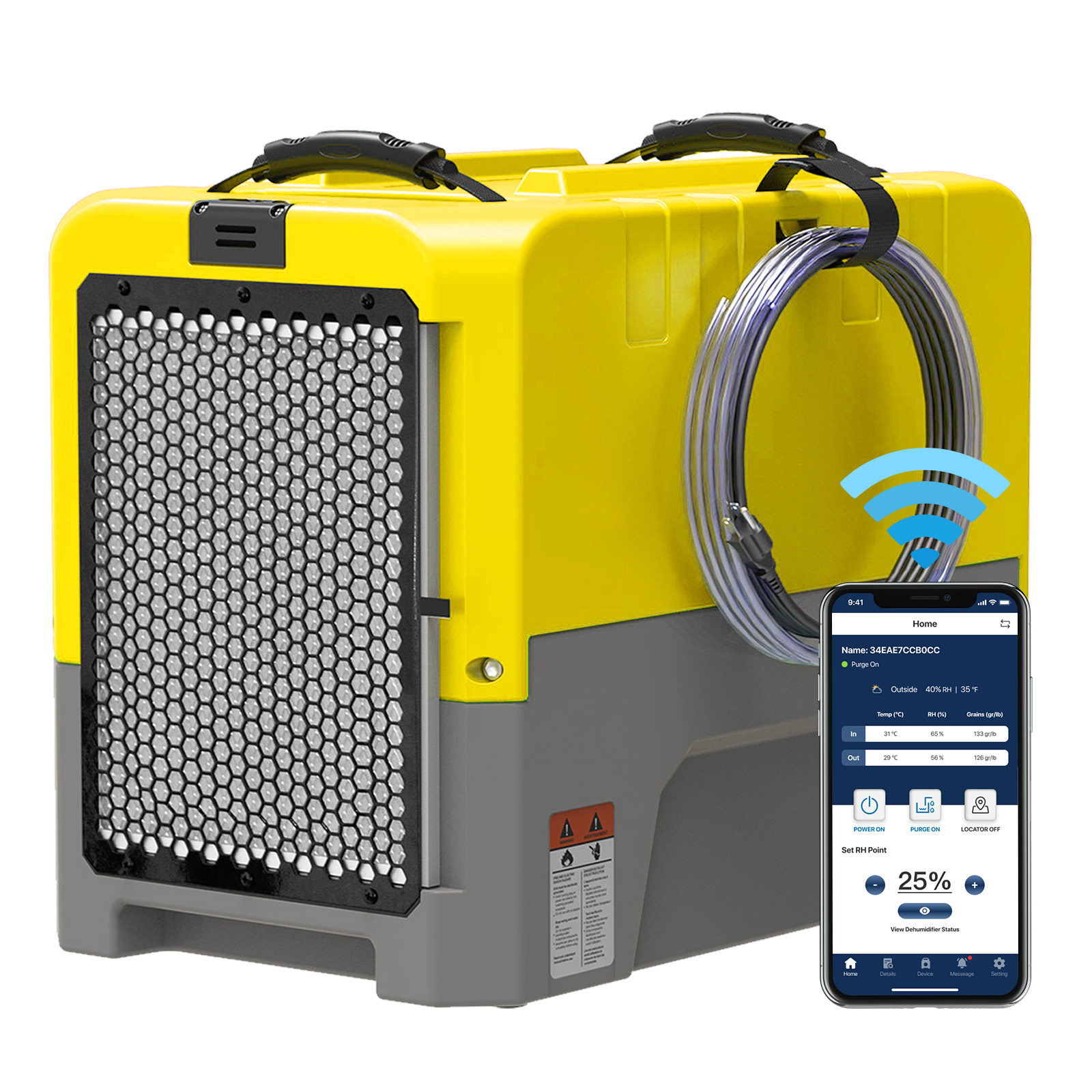








.jpg)
.jpg)








.jpg)
.jpg)










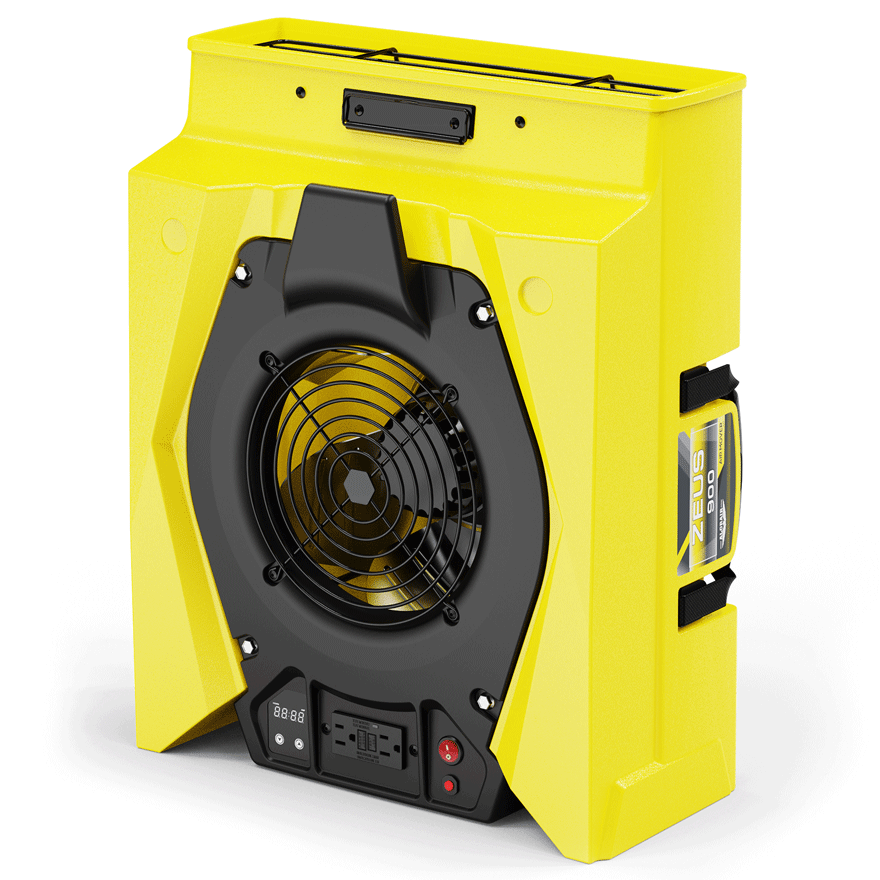
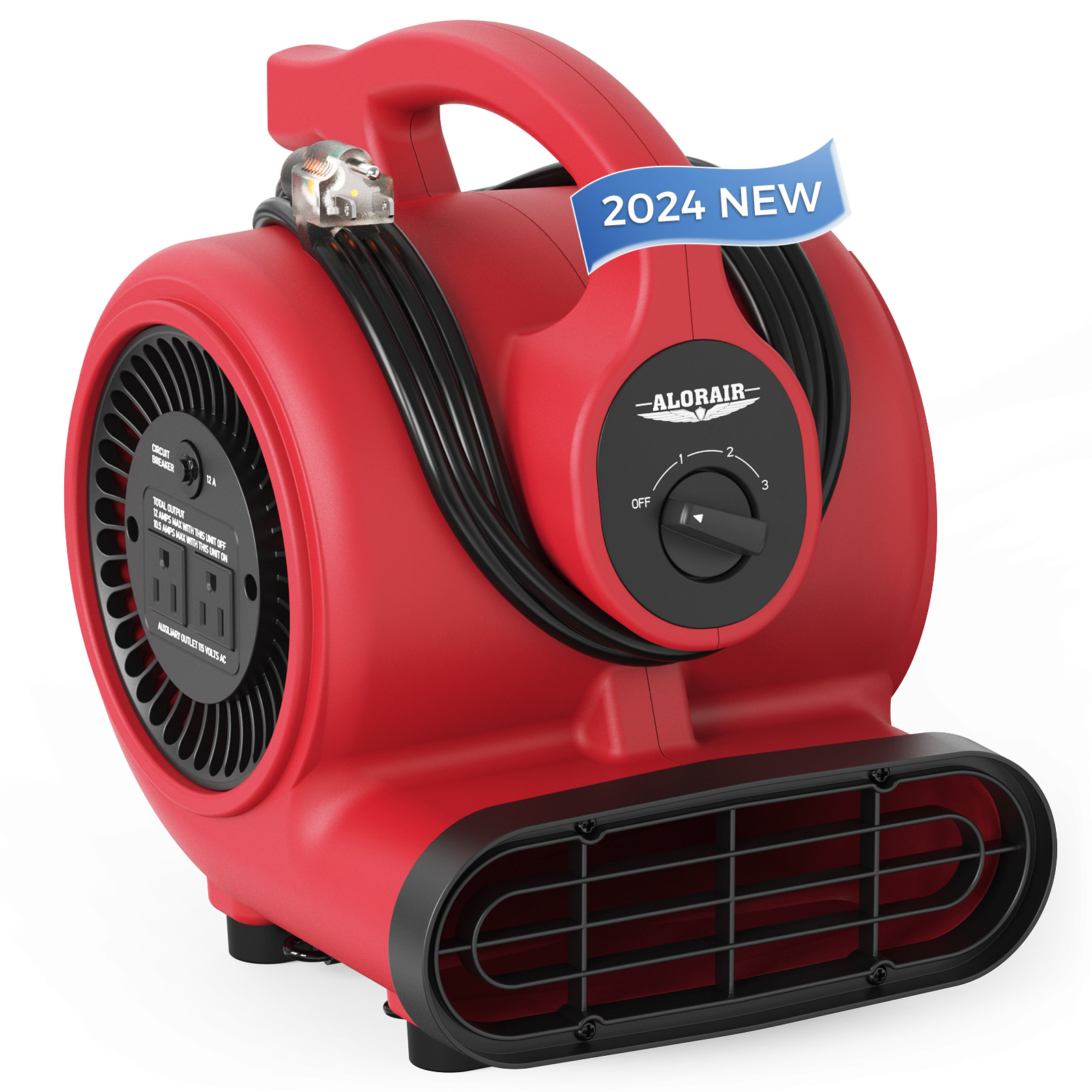
.jpg)
.jpg)
.jpg)
.jpg)
.jpg)
.jpg)
.jpg)
.jpg)
.jpg)
.jpg)
.jpg)
.jpg)
.jpg)
.jpg)





.jpg)
.jpg)
















-.jpg)
.jpg)

.jpg)
.jpg)



























 Exclusive offers
promotions
Exclusive offers
promotions


Thank you for helping me understand the conditions where mildew can easily grow and what it looks like. This part of your article made sense as to why there’s this weird white powder forming around my cabinets ever since the weather became very erratic lately. Knowing what this substance can do, I’ll look for any services that can help me inspect the rest of my house so we can get rid of any mildew or mold that might have formed in the past few weeks.